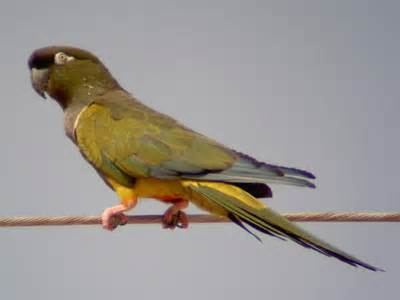Phylum Chordata Rank Species | Superfamily Psittacoidea Subfamily Arinae Scientific name Cyanoliseus patagonus Higher classification Cyanoliseus Order Parrot | |
 | ||
Genus CyanoliseusBonaparte, 1854 Similar Cyanoliseus, Bird, Parrot, Parrots, Blue‑crowned parakeet | ||
Patagonian burrowing parrots
The burrowing parrot (Cyanoliseus patagonus) is a bird species in the parrot family. It belongs to the smaller long-tailed Arinae (macaws and conures). It is also known as the Patagonian conure and some authorities call it the burrowing parakeet. The burrowing parrot belongs to the monotypic genus Cyanoliseus, but the species is not monotypic, having several subspecies.
Contents
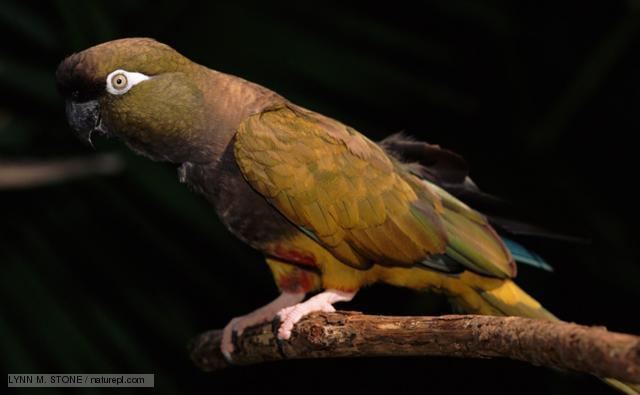
It is mainly found in Argentina. A very much reduced population still survives in Chile, and migration of some Argentine populations to Uruguay has been reported for the winter. Sometimes, strong westerly winds bring some individuals to the Falkland Islands.
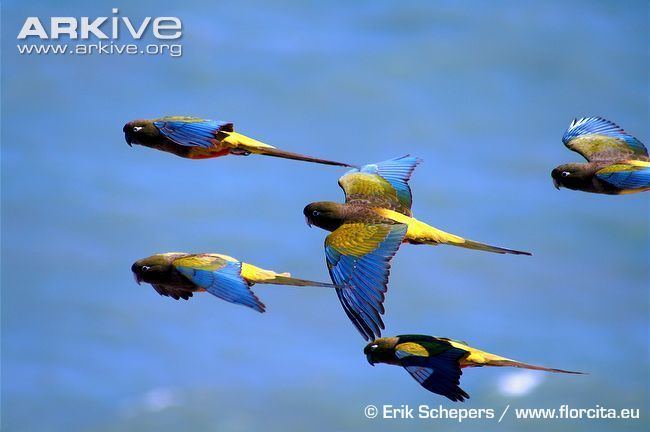
Its natural habitat is the arid bush steppe community known as the Monte Desert.
The burrowing parrot has a monogamous mating system with very strong biparental care. Genetic testing has recently shown that this species is one of a few animals that is genetically monogamous in a socially monogamous mating system. Nest parasitism is not known to occur in this species. The Patagonian conure has eyelashes, a distinctive feature among birds.
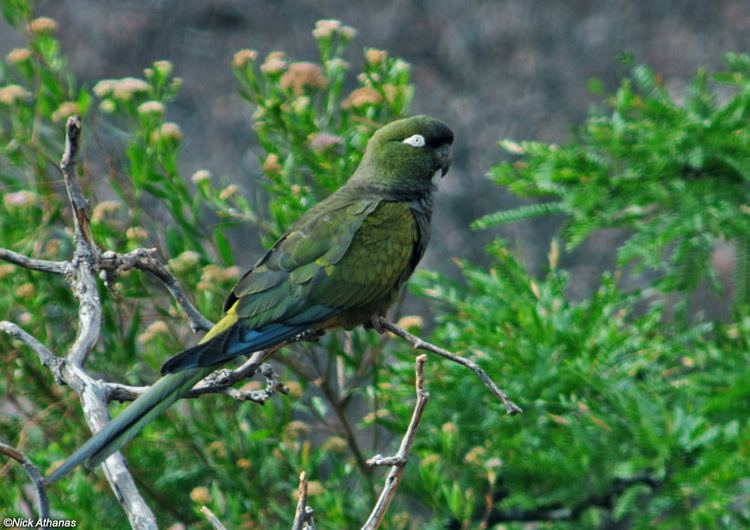
Archie the burrowing parrot
Subspecies
These four subspecies are currently known:
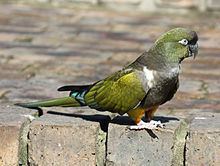
The larger the red abdominal patch in males, the more attractive the bird is to females. In a study of around 40 pairs, the males with the largest and most intense red patches paired with the females with the same. This carries down so that pairs tend to have the same-sized patch. Nestlings from males with large, more intense patches also grow faster and weigh more.
Suitability As Pets
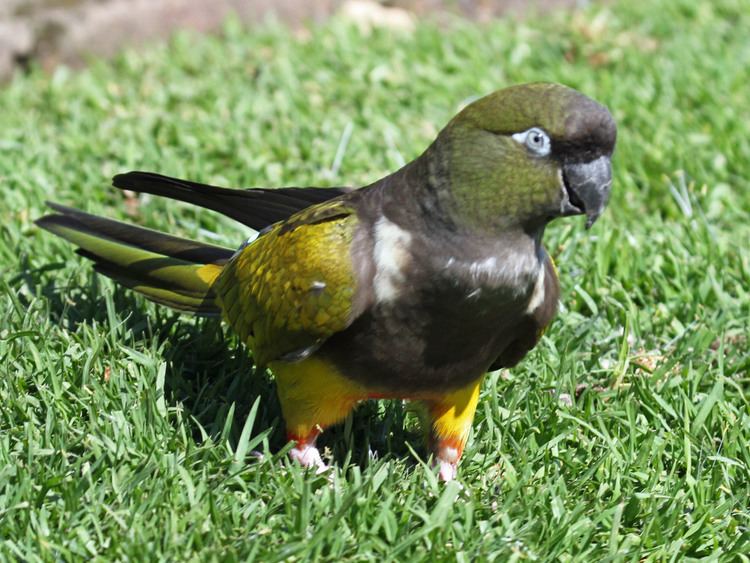
Patagonian conures are among the most affectionate, social birds and make fantastic pets. Patties, as their admirers call them, are capable of mimicking simple words and phrases. The Patagonian conure is capable of integrating completely with an entire family, unlike many birds who will bond with only one person. One issue with the Patagonian conure is that it is extremely loud. Living in an apartment with any conure may be inconsiderate to neighbors, but Patagonians are the largest and loudest. Also, Patagonians require a great deal of attention and become ornery and spiteful if stuck in a cage with no social interaction. The Patagonians need stimulating toys with lots of colors to pass time when alone.
